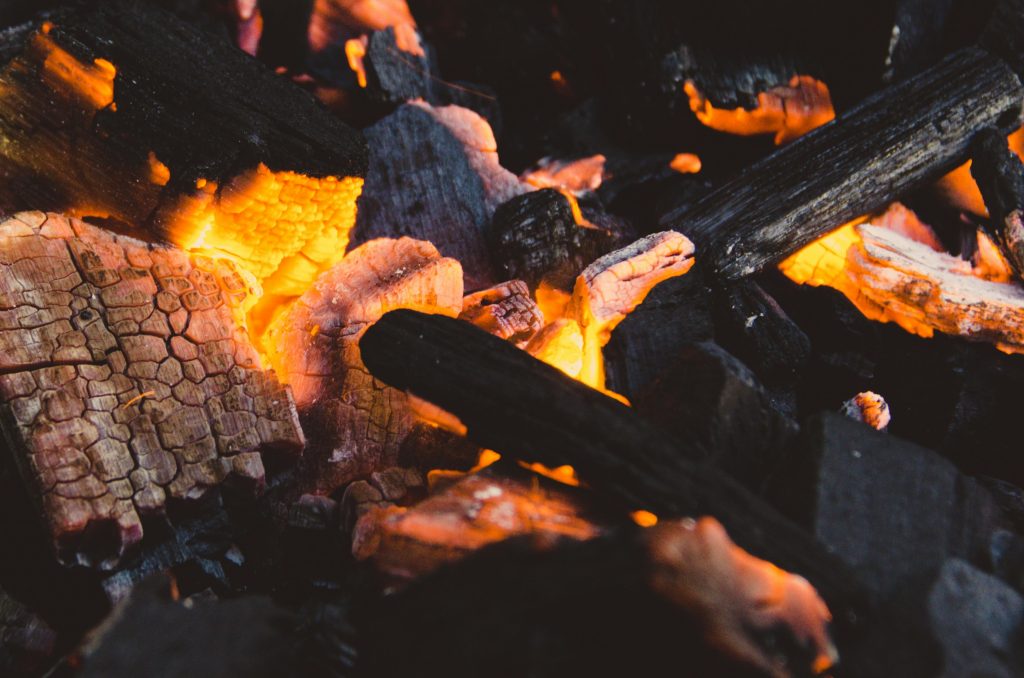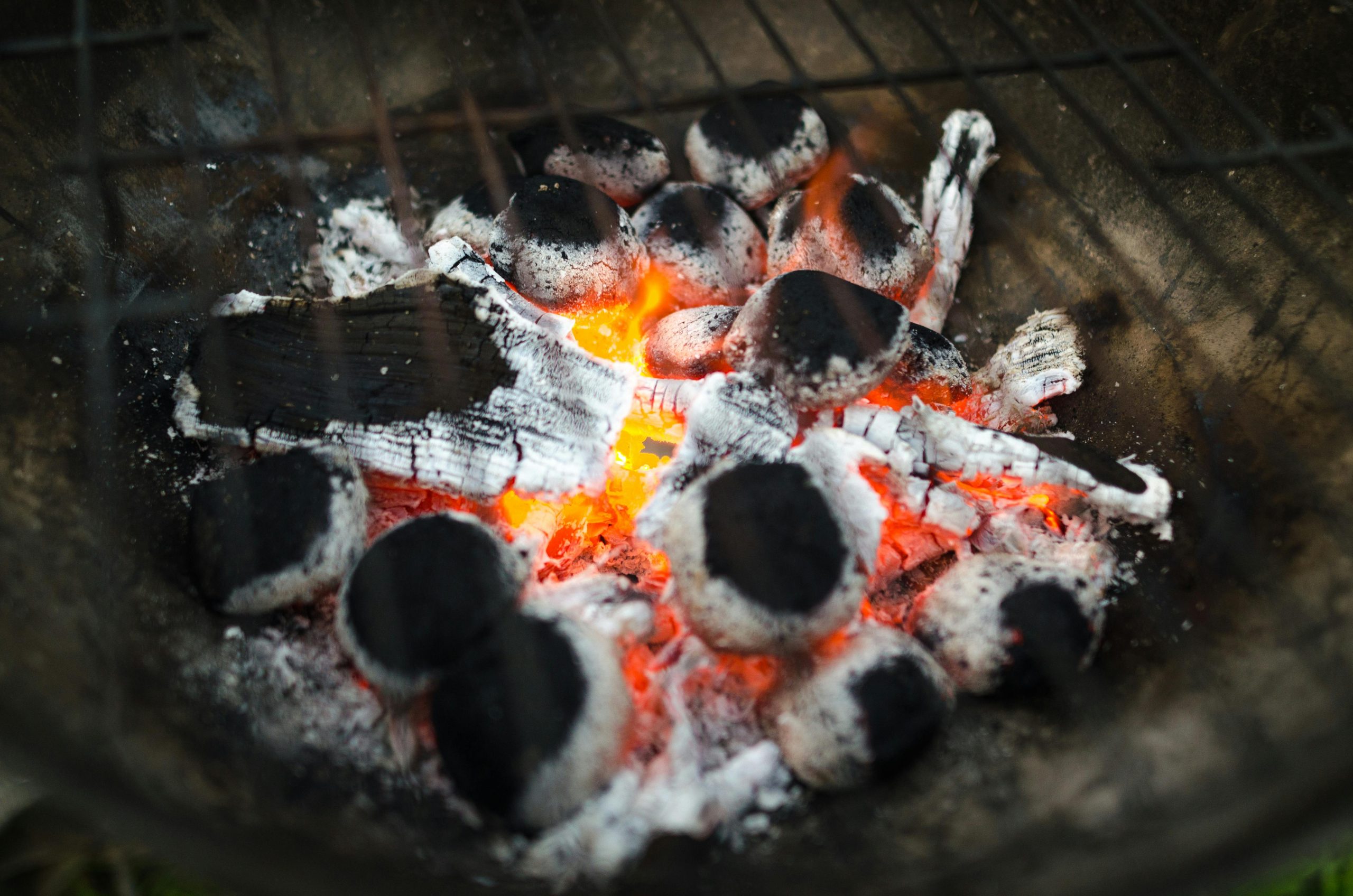When it comes to sustainable heating and cooking, charcoal remains one of the most versatile and efficient options. However, not all is created equal. With growing concerns about environmental impact, many homeowners and chefs are seeking premium Charcoal that provides optimal heat while being eco-friendly. At Biomass Wood Pellets, we understand the importance of choosing the right that balances performance, sustainability, and convenience. This guide explores five premium options that stand out for delivering consistent, eco-friendly heat.
1. Lump: Natural and Pure
Lump is often considered the gold standard for authentic grilling and heating experiences. Made by slowly burning hardwood in the absence of oxygen, lump is 100% natural and free from chemical additives. Its irregular shapes allow for excellent airflow, creating a hotter and cleaner burn compared to briquettes. Lump ignites quickly, produces minimal ash, and provides a smoky flavor ideal for cooking. Eco-conscious users appreciate its sustainable production when sourced from responsibly managed forests.
2. Briquette: Reliable and Long-Lasting
Briquette is a staple for both commercial and domestic use due to its uniform size and predictable burn. Made from compressed charcoal dust mixed with natural binders, briquettes offer a steady heat source that can last longer than lump. Modern eco-friendly briquettes are now available with minimal additives and lower carbon emissions. They are particularly useful for slow-cooking and long grilling sessions, providing an energy-efficient and environmentally responsible option.

3. Coconut Shell: Renewable and Clean
Coconut shell charcoal is gaining popularity as a sustainable alternative to traditional hardwood charcoal. Made from discarded coconut shells, this is highly renewable and produces minimal smoke and ash. It burns hotter and longer than most conventional options, making it ideal for grilling, barbecuing, and indoor heating systems. Its natural origin and efficient combustion process make coconut shell a top choice for eco-conscious consumers seeking high performance.
4. Hardwood: Strong Heat with Low Environmental Impact
Hardwood is produced from dense hardwoods such as oak, hickory, and maple. Known for generating consistent heat, hardwood is perfect for both cooking and heating purposes. When sourced responsibly, it supports sustainable forestry practices and reduces reliance on non-renewable fuels. Hardwood burns longer than softwood options, offering superior thermal efficiency and minimal smoke, making it a reliable and eco-friendly solution.
5. Binchotan: Premium Japanese Heat
Binchotan, often called “white charcoal,” is a traditional Japanese revered for its exceptional purity and long-lasting heat. Made from oak or ubame trees, Binchotan undergoes a meticulous production process that ensures nearly complete carbonization. The result is that burns at high temperatures with very little smoke or odor, ideal for grilling delicate foods. Although considered a premium option, its renewable sourcing and longevity make it a highly sustainable choice for environmentally conscious users.
Why Choosing the Right Charcoal Matters
Selecting the right is more than just a matter of heat output. Eco-friendly charcoals contribute to reduced carbon emissions, sustainable forest management, and cleaner cooking experiences. For home heating, using high-quality ensures better thermal efficiency, reducing the need for frequent refueling. For culinary applications, premium enhance flavor, control cooking temperatures more effectively, and minimize environmental impact. At Biomass Wood Pellets, we prioritize that balance performance with responsibility, offering consumers options that align with modern sustainability goals.
Tips for Using Eco-Friendly Charcoal Effectively
To maximize the benefits of your charcoal, consider the following tips:
- Store in a dry, well-ventilated area to maintain quality and longevity.
- Use a chimney starter for faster ignition without chemicals.
- Maintain proper airflow in your grill or fireplace to ensure complete combustion and minimal smoke.
- Combine with natural fire starters instead of lighter fluids to reduce harmful emissions.
- Dispose of ash responsibly or use it as a natural fertilizer for your garden.
Conclusion
Choosing the right can transform your cooking and heating experience while supporting sustainable practices. From the natural purity of lump charcoal to the premium efficiency of Binchotan, each option offers unique advantages for eco-conscious consumers. By selecting responsibly sourced, you not only enjoy superior heat and flavor but also contribute to a greener planet. Biomass Wood Pellets is committed to providing premium solutions that combine performance, sustainability, and reliability. Take the first step toward eco-friendly heat today by exploring these five exceptional charcoal options and elevate your home cooking and heating experience. From pro advice to what’s buzzing — it’s all waiting on our main page.
FAQ Section
1. What is the difference between lump charcoal and briquette charcoal?
Lump charcoal is made from pure hardwood and burns hotter with less ash, while briquettes are compressed charcoal dust with binders, providing longer, more consistent heat.
2. Is coconut shell charcoal really eco-friendly?
Yes, coconut shell charcoal is made from discarded coconut shells, a renewable resource, and it burns efficiently with minimal smoke and ash, making it a sustainable option.
3. Can I use premium charcoal for indoor heating?
Yes, certain high-quality charcoals like hardwood and eco-friendly briquettes are suitable for indoor heating appliances, provided proper ventilation is ensured.
